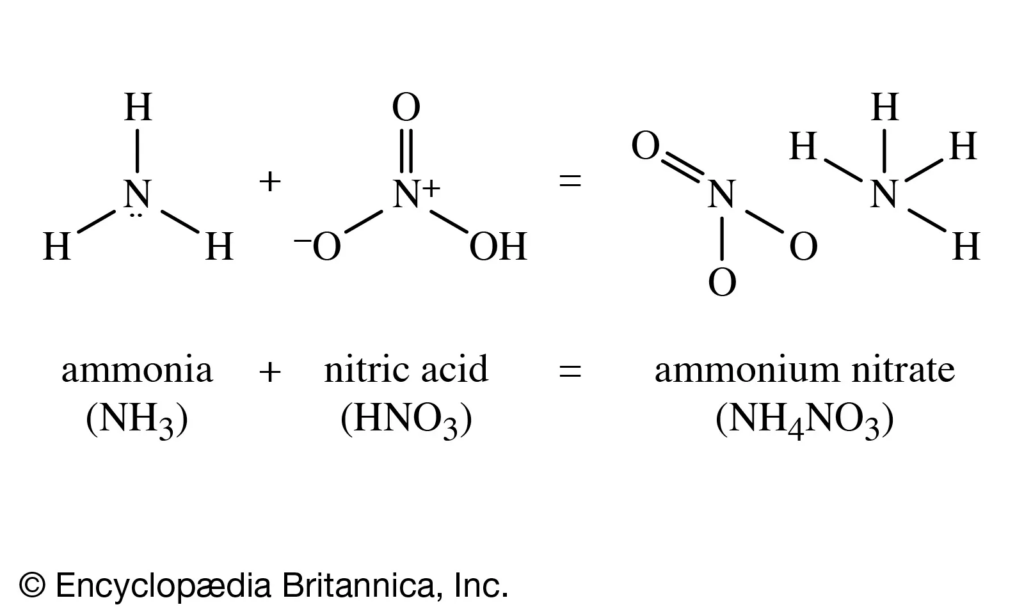The Hidden Danger: Nitrate Contamination and the risks of Nitrate contaminated Water Sources
By Finlay Gilkinson – 03/04/2025
Water contamination is a major issue, with nitrates being one of the most overlooked yet dangerous pollutants. They come from agricultural runoff, industrial waste, and improper disposal of waste. Exposure to high levels of nitrates poses serious health risks, especially for vulnerable populations.

What Are Nitrates and How Do They Enter Water Sources?
Nitrates are compounds made of nitrogen and oxygen, essential for plant growth. While they are naturally occurring, human activities have significantly increased their presence in water sources. The primary ways nitrates enter water include:
Excessive nitrate levels in drinking water pose significant health hazards, particularly for infants, pregnant women, and those with compromised immune systems.
Health Risks of Nitrate Contamination
1. Methemoglobinemia (Blue Baby Syndrome)
Infants under six months are particularly vulnerable to nitrate contamination. When ingested, nitrates convert to nitrites, which reduce oxygen levels in the blood. This condition, known as methemoglobinemia or “blue baby syndrome,” can cause:
2. Increased Risk of Certain Cancers
Long-term exposure to nitrates has been linked to various cancers, particularly:
Nitrates can convert into N-nitroso compounds, which are known carcinogens. Studies indicate that communities exposed to high-nitrate water sources have higher cancer rates.
3. Thyroid Disorders
Nitrates interfere with iodine absorption, which is crucial for thyroid function. This can lead to hypothyroidism, characterized by:
Pregnant women exposed to high nitrate levels may also experience complications such as miscarriage and low birth weight in infants.
4. Cardiovascular and Reproductive Issues
Recent research suggests that excessive nitrate consumption may contribute to:
How to Protect Yourself from Nitrate Contamination
1. Regular Water Testing
2. Use of Water Treatment Systems
Effective nitrate removal methods include:
Boiling water does NOT remove nitrates; instead, it can concentrate them further.
3. Sustainable Agricultural Practices
4. Awareness and Policy Advocacy
Conclusion
The Risks of Nitrate contaminated Water Sources are serious yet often ignored health threat. While regulations exist to limit exposure, proactive efforts are essential in ensuring safe drinking water. By staying informed, advocating for better policies, and adopting protective measures, we can reduce the risks associated with nitrate pollution and protect public health for generations to come.
Ready to find the perfect job?
Our team of experts work with an extensive network of employers. Submit your CV to ensure you’re a part of our network of talented candidates and we’ll make you aware of opportunities before they are even posted.
